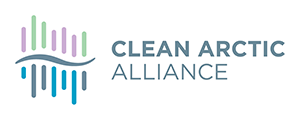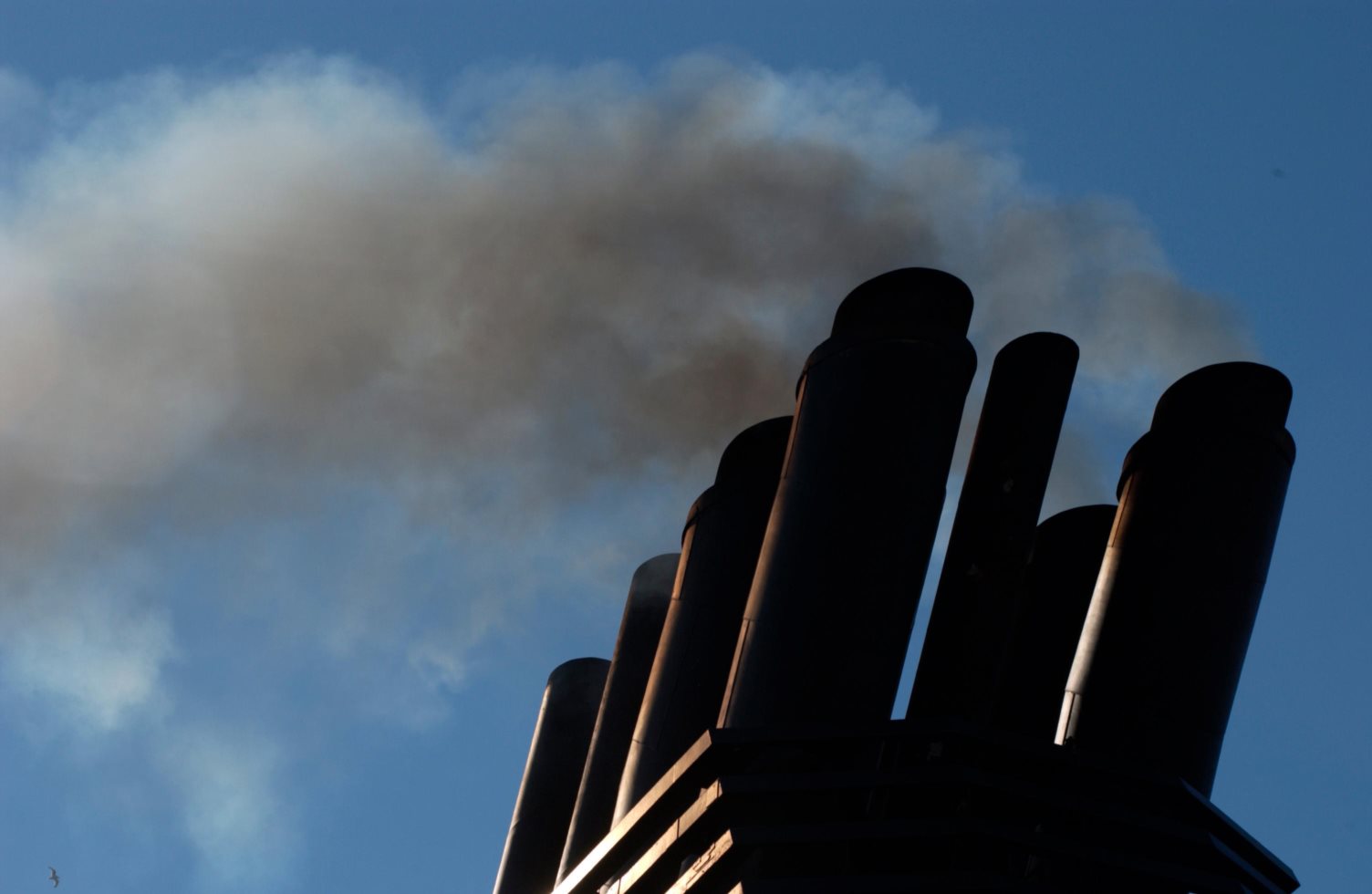
With the 2020 cap on the sulphur content of marine fuel oil looming on the horizon, the global shipping industry is starting to show signs of action and in many cases, anxiety. A recent increase in media articles on the issue suggests that many shipowners have yet to decide which route they will take in order to meet the regulation: install scrubbers or move to low sulphur fuels.
A number of shipping companies, including Maersk, Hapag Lloyd and Klaveness, have indicated that they will likely move to low sulphur fuels, and some fuel companies are quietly happy to sell a more expensive, 0.5% sulphur product, while hoping for low numbers of scrubber installation. Yet some bunker fuel industry players are somewhat cynically claiming that installing scrubbers is the cheapest option. The new year had barely dawned before it was reported that due to alleged “low interest” from carriers with regard to retrofitting scrubbers, some bunker suppliers actually want to pay for carriers to install scrubbers, provided of course that the carriers continue buying the suppliers’ fuel.
Scrubbers, however, are far from a perfect solution. From 2020, in order to reduce sulphur oxide (SOx) emissions from shipping, IMO regulations dictate that fuel must have a maximum of 0.5% sulphur content. Ship operators will need to either switch to low sulphur fuel, or use a scrubber to remove the SOx from the exhaust gas. While switching to low-sulphur fuel tackles the problem of air emissions at source, scrubbers are an end-of-pipe technology, which produces a residue (sludge and wash-water) from the cleaning process that needs to be disposed of – and there is concern that scrubber residue and wash-water could end up being dumped in the ocean.
Maersk, the world’s largest container ship operator, has identified commercial, technical and operational challenges as its reasons for not investing in scrubbers to meet the new sulphur cap in 2020. Some international shipowner associations are now openly supporting a ban on the carriage of fuels containing more than 0.5% sulphur on vessels which are not equipped with scrubbers, in order to simplify enforcement of the sulphur cap.
Emissions from shipping pose an acute and substantial risk to human health. Pollutants such as particulate matter, black carbon and sulphur oxide have been linked to an increased risk of heart and lung disease as well as premature death. A study on the health benefits of the global sulphur cap, carried out by the Finnish Meteorological Institute (FMI) and Energy and Environmental Research Associates, LLC (EERA), along with related research concludes that globally 200,000 premature deaths will be prevented by 2025 as a consequence of introducing the 0.5% sulphur cap in 2020.
Concerns have been raised about the availability of low sulphur fuels; however, according to the official IMO fuel availability study and the IMO secretariat, the required volumes of low-sulphur fuel will be available for the world fleet from 2020. Importantly, Mr Hughes of the IMO also reminds readers of why the measure is being introduced in 2020 and not delayed to a later date: the need for a “better, healthier environment”.
As well as reducing SOx emissions, a switch by all ships from residual or heavy fuels to lighter or distillate fuels can be expected to reduce black carbon (BC) by more than half, though the reductions will be lower if ships switch from residual fuels to blends of residual and lighter fuels. Between 2013 and 2015, global shipping emitted on average 77 kilo-tonnes of BC annually. BC is a potent, relatively short-lived, climate forcing agent with a Global Warming Potential 3200 times stronger than CO2. When emitted and deposited on Arctic snow or ice, the climate warming effect of BC is at least five times more than when emitted over open ocean in temperate latitudes. In recognition of the serious impact of BC emissions from global shipping on the Arctic environment, the IMO began a work process to address the threat in 2011. Having agreed on a definition of black carbon, and identified ways to measures emissions accurately, the IMO will now have to decide on BC abatement options by 2019.
By switching from HFO to distillate fuel, ship operators would incur minimal or no technical intervention on ships, so switching fuels can be readily undertaken by the existing fleet. Enforcement of the sulphur regulation would also be simpler when using low-sulphur fuel, since ships would have no need to carry fuels with a higher sulphur content than 0.5%.
Ahead of a meeting of IMO member governments in early February which will consider measures to implement the sulphur cap on fuel oil in 2020, the Clean Arctic Alliance is urging Arctic shipping operators against the installation of scrubbers. The best protection for the Arctic will be delivered by a move by shipping industry away from heavy fuel oils and towards low sulphur diesel or distillate fuels. Not only will this remove the HFO spill risk, it will reduce emissions of both SOx and black carbon.
Dr Sian Prior is a marine scientist with more than 25 years’ experience in industry and nongovernmental organizations and lead advisor to the Clean Arctic Alliance, a consortium of 17 non-profit environmental organisations working across 14 countries campaigning for a ban on the use and carriage of HFO fuel in the Arctic. www.hfofreearctic.org




